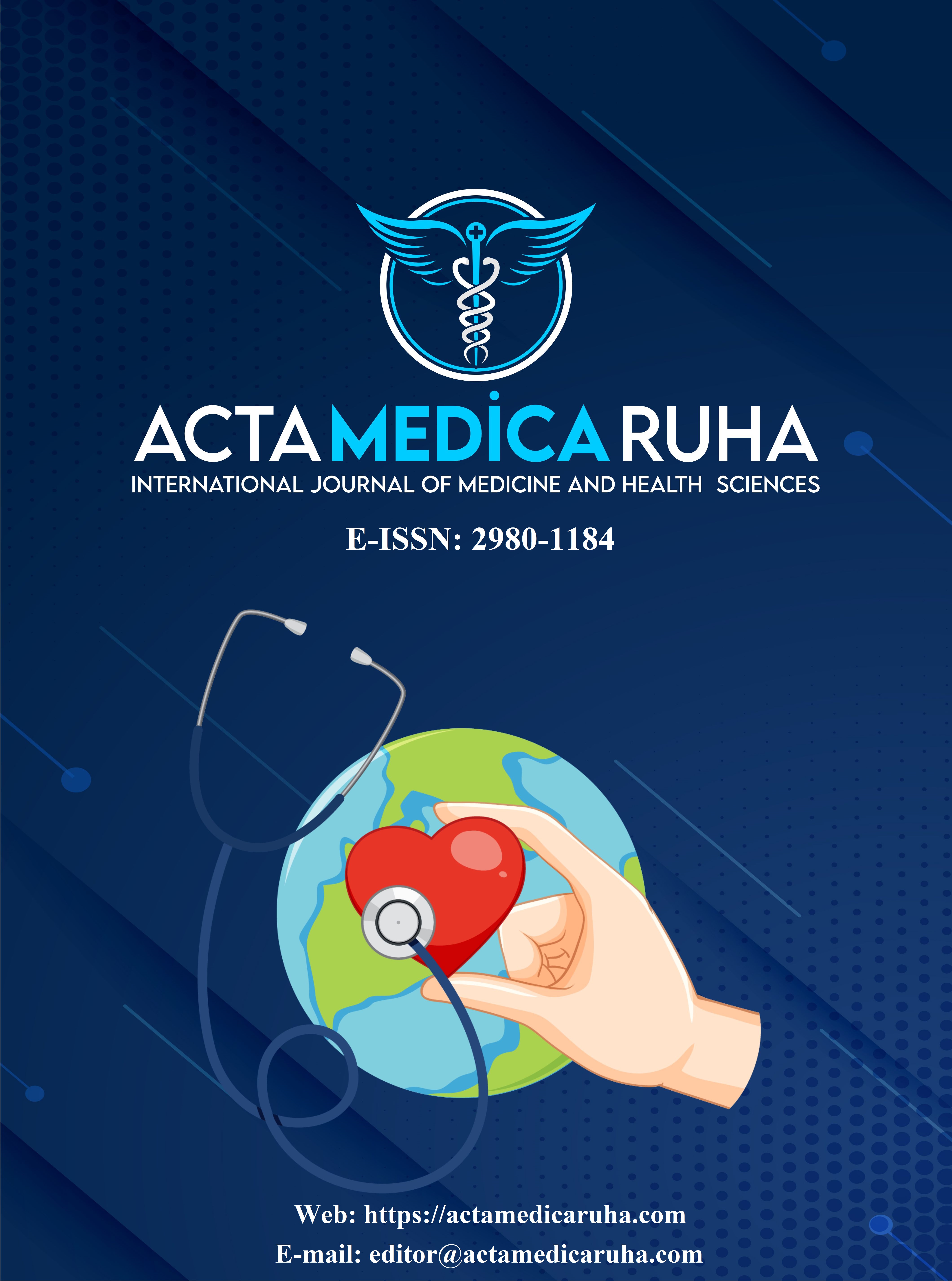COVID-19-Associated Pneumothorax: Radiological Insights and Inflammatory Markers
Letter to the Editor
DOI:
https://doi.org/10.5281/zenodo.15033065Anahtar Kelimeler:
COVID-19, Pneumothorax, CO-RADS, Inflammation, BiomarkerÖzet
Dear Editor,
I read with interest the article by Kılıç et al. (1). “Retrospective Analysis of Spontaneous Pneumothorax Cases Associated with COVID-19'' was published in the 3/2024 issue of the journal. Congratulations to the authors for this article.
Recent literature indeed confirms a link between COVID-19 infection and spontaneous pneumothorax, although it remains a rare occurrence. Several studies have reported that spontaneous pneumothorax occurs in roughly 1% of hospitalized COVID-19 patients, rising to about 3% among those with COVID-19 pneumonia, and up to 6% in patients requiring mechanical ventilation (2). These figures underscore that while the complication is infrequent overall, certain high-risk subsets (such as critically ill or ventilated patients) experience it more commonly. Thus, clinicians should be vigilant for spontaneous pneumothorax in COVID-19, especially in those with severe pulmonary involvement.
Kılıç et al. retrospectively analyzed 31 COVID-19 patients who developed spontaneous pneumothorax, providing valuable insight into their clinical outcomes. Consistent with other reports, the authors found a high mortality rate among these patients – 11 out of 31 (35%) in-hospital mortality in their series. This figure is in line with prior cohort studies which have reported mortality ranging from roughly 27% up to over 50% in COVID-19 patients with pneumothorax (2,3). One of the study’s strengths is its use of CO-RADS scoring. Notably, 63.6% of fatal cases were classified as CO-RADS-5, whereas only 20% of discharged patients fell into this category. This supports previous studies reporting an association between high CO-RADS scores and increased mortality in COVID-19 (4). However, the study did not provide details on specific radiological findings that may contribute to pneumothorax development, such as bulla formation, cavitation, and air trapping. Conversely, Ershadi et al. identified bulla presence as a significant prognostic factor (2).
Kılıç et al. also report significantly divergent levels of hemoglobin, platelet count, INR, and D-dimer between the discharged patients and those who died (1). This observation is an important contribution, as it suggests that more severe systemic inflammation and coagulopathy may accompany or predispose to poor outcomes in COVID-19 patients with pneumothorax. Nonetheless, gender and the Charlson Comorbidity Index, both identified in previous studies as risk factors for COVID-19-related pneumothorax (5,6), were not analyzed in the study by Kılıç et al. Among inflammatory markers, the Systemic Immune-Inflammation Index (SII) is considered superior to PLR and NLR in assessing disease severity and mortality risk in COVID-19 and other inflammatory disorders (7).
In conclusion, COVID-19-induced widespread lung damage can predispose patients to pneumothorax, a complication associated with high mortality rates. Therefore, in cases of sudden clinical deterioration in COVID-19 patients, the possibility of pneumothorax should be carefully considered, and radiological evaluations and anticoagulation interventions should be promptly initiated. Moreover, the use of more comprehensive anticoagulation and inflammatory indices such as SII may aid in identifying high-risk patient groups and optimizing treatment strategies.
Referanslar
Kılıç Ş, Çatal F, Kaner M. Retrospective Analysis of Spontaneous Pneumothorax Cases Associated with COVID-19. Acta Medica Ruha. 2024;2(3):139-145. doi:10.5281/zenodo.13340894
Ershadi R, Rafieian S, Salehi M, et al. COVID-19 and spontaneous pneumothorax: a survival analysis. J Cardiothorac Surg. 2023;18(1):211. doi:10.1186/s13019-023-02331-0.
Honore PM, Redant S, Preseau T, et al. Spontaneous Pneumothorax (SP) in COVID-19 Is Associated With Worse Outcomes Than SP in Non-COVID-19 Patients, Which Suggests That SP in COVID-19 is a Sign of Disease Severity: Is This Finding a Pure Association or Is There Really a Strong Relationship Between the Two? Chest. 2021;160(1):e88-e89. doi:10.1016/j.chest.2021.02.057.
Çoraplı G, Tekin V. Evaluation of Patients Who Developed Pneumothorax Due to COVID-19. Diagnostics (Basel). 2022;12(9):2140. doi: 10.3390/diagnostics12092140.
Inanc IH, Bursa N, Gultepe A, et al. Association among CO-RADS score, co-morbid diseases, and short-term prognosis in COVID-19 infection. Eur Rev Med Pharmacol Sci. 2022 Jan;26(2):653-663. doi: 10.26355/eurrev_202201_27892.
Song MJ, Kang M, Song KH, et al. Comparison of the risk of pneumothorax in COVID-19 and seasonal influenza. Sci Rep. 2024;14(1):21077. doi:10.1038/s41598-024-69266-x.
Zinellu A, Scano V, Masotto E, et al. The systemic inflammation index on admission is independently associated with length of stay in hospitalized COVID-19 patients. Minerva Respir Med. 2021; 60(3):65-72. doi:10.23736/s2784-8477.21.01932-5.
İndir
Yayınlanmış
Nasıl Atıf Yapılır
Sayı
Bölüm
Lisans
Telif Hakkı (c) 2025 Acta Medica Ruha

Bu çalışma Creative Commons Attribution 4.0 International License ile lisanslanmıştır.











